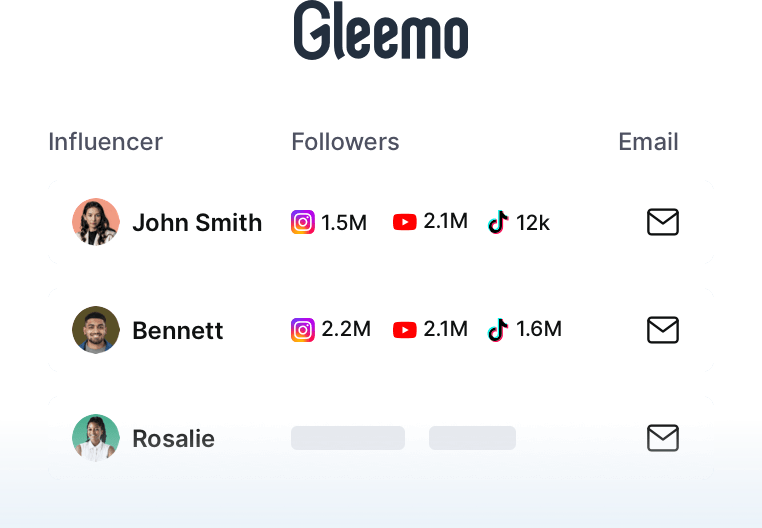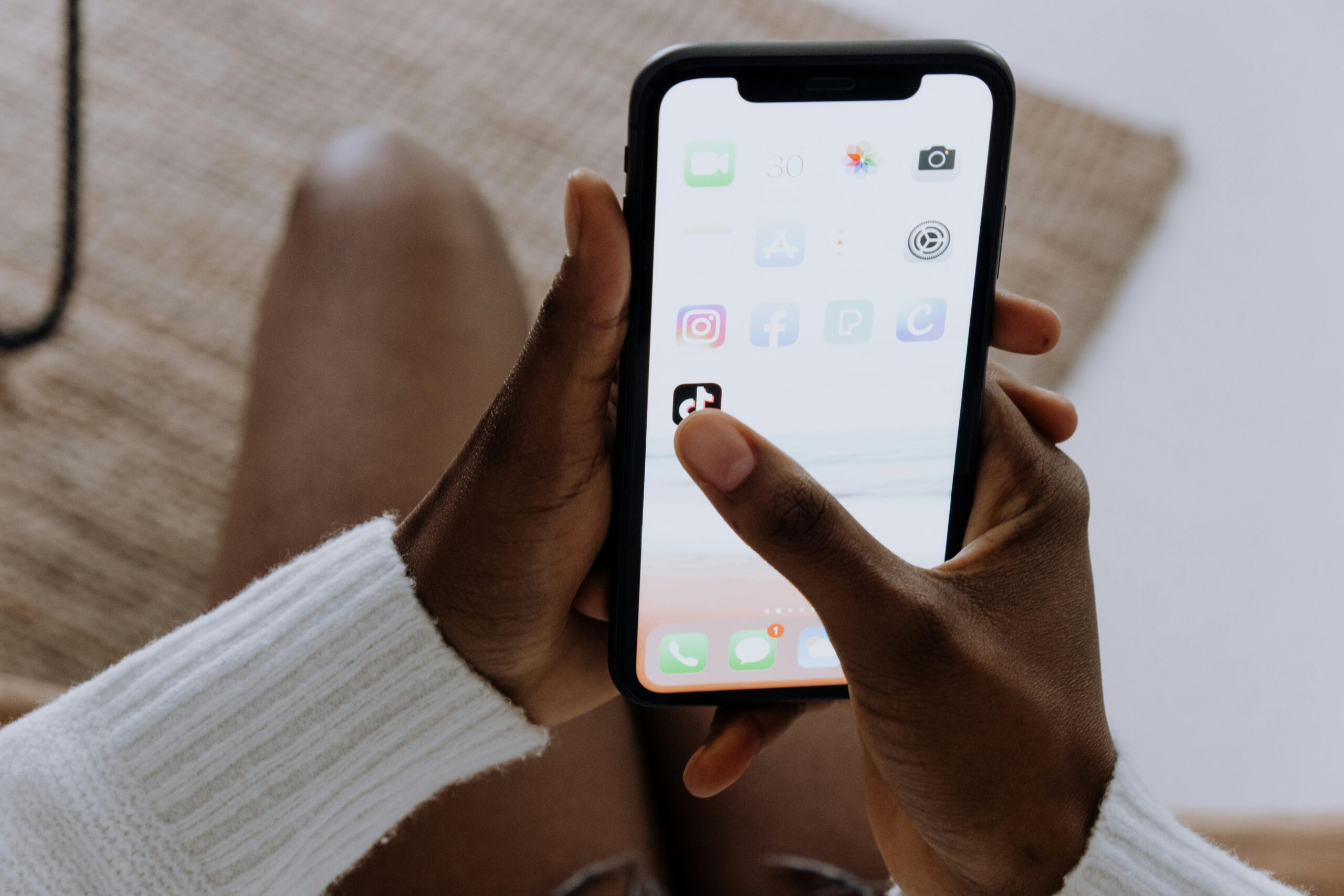Influencer marketing has evolved far beyond one-off posts and fleeting campaigns. While short-term activations still have their place, brands increasingly recognize the immense value of long-term influencer partnerships. These sustained collaborations build deeper audience trust, enhance authenticity, drive consistent results, and offer significant cost efficiencies over time.
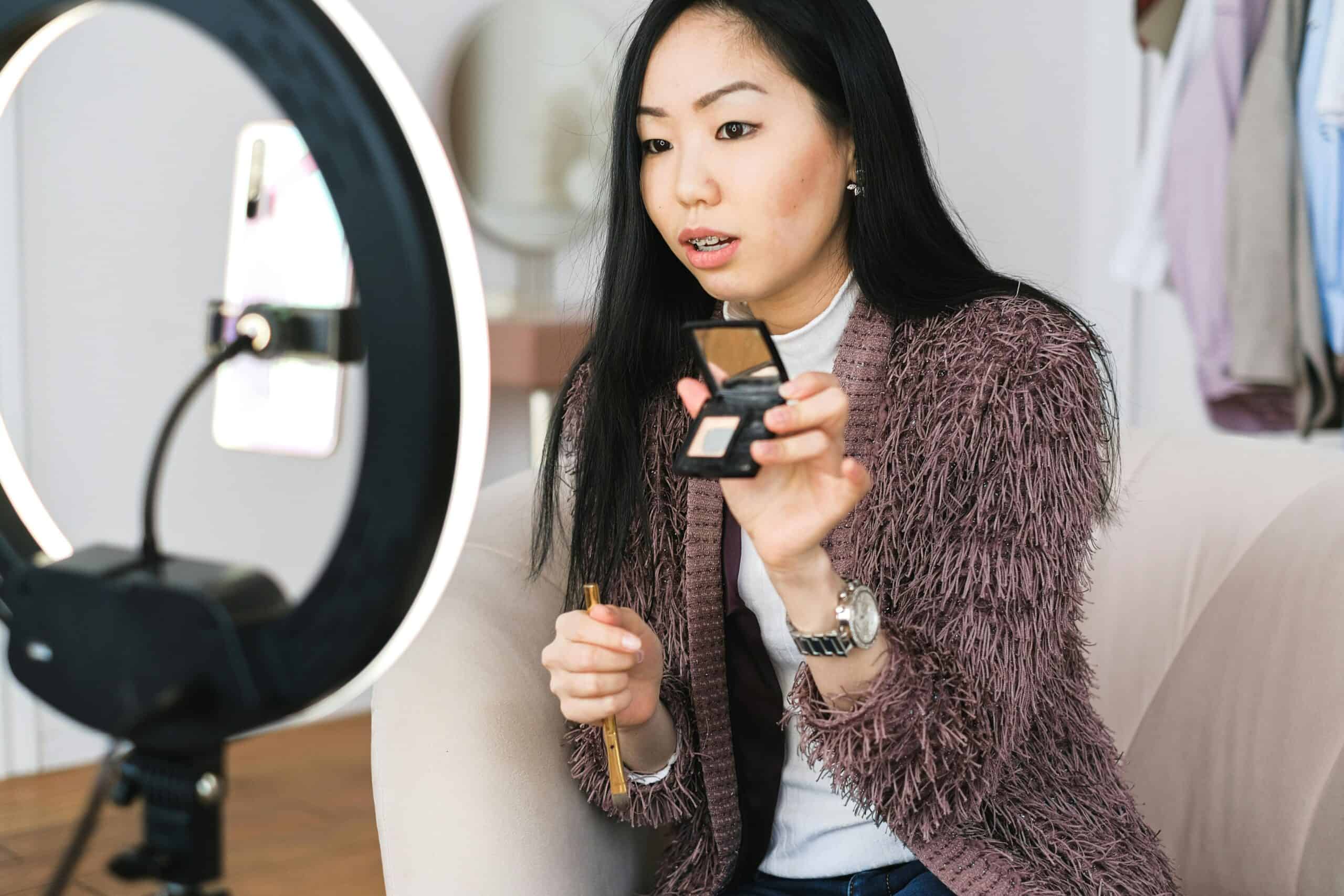
This guide provides a comprehensive framework for evaluating influencer partnerships to ensure they deliver sustained success for your brand.
Why Long-Term Influencer Partnerships Outperform One-Off Campaigns
The shift towards sustained relationships isn’t just a trend, it’s driven by tangible benefits:
Enhanced Authenticity & Trust
Repeated collaborations allow influencers to genuinely integrate your brand into their narrative, making endorsements feel less like ads and more like authentic recommendations. Their audience develops a stronger association between the influencer and your brand.
Deeper Brand Understanding
Long-term partners gain a profound understanding of your brand values, products, target audience, and campaign goals. This translates into more nuanced, effective, and on-brand content.
Increased Audience Engagement
Familiarity breeds engagement. Audiences become accustomed to seeing the brand with the influencer, leading to higher interaction rates (likes, comments, shares) over time.
Cost Efficiency
While initial setup might require investment, ongoing collaborations often become more efficient. Negotiating bundled rates for multiple pieces of content or extended periods typically offers better value than individual brand deals for influencers. Reduced costs for briefing, contract negotiation, and onboarding are also contributing factors.
Consistent Performance Tracking
Long-term relationships provide richer data sets, allowing for more accurate measurement of ROI, audience growth attributable to the partnership, and refined strategy over multiple campaign cycles.
Selecting the Right Long-Term Partners
Finding creators who genuinely resonate with your brand is paramount. Look beyond follower count:
- Niche Relevance: Does their content focus align with your industry, product, or service?
- Values Alignment: Do their personal brand values and communication style match yours?
- Content Style & Quality: Is their aesthetic, tone, and production quality compatible?
- Audience Demographics: Does their follower base match your target customer profile (age, location, interests, income)?
- Platform Presence: Are they active and influential on the platforms where your target audience spends time?
Utilize influencer discovery tools, hashtag research, competitor analysis, and manual searches. Consider micro and nano-influencers (10k-100k followers) for highly engaged, niche audiences. Authenticity is often more valuable than sheer scale in long-term influencer partnerships.
Key Evaluation Metrics for Long-Term Success
Evaluating performance goes far beyond a single campaign’s likes. Focus on metrics that demonstrate genuine impact and partnership health over time:
1. Reach & Awareness Metrics
- Impressions & Reach: Track the total number of times content was seen (Impressions) and the unique number of users who saw it (Reach). Monitor trends over multiple campaigns.
- Share of Voice (SOV): Measure the percentage of online conversations about your brand (or relevant keywords) that mention the influencer partnership compared to competitors or the broader market.
- Brand Mentions & Sentiment: Track direct mentions of your brand name/handle spurred by the influencer’s content. Use sentiment analysis tools to gauge positive, neutral, or negative sentiment.
2. Engagement Metrics
- Engagement Rate (ER): As defined above. Track ER per post and average ER per campaign, looking for stability or growth over time within the partnership.
- Engagement Quality: Analyze comment themes, depth of discussion, and questions asked. Are followers genuinely interested in the brand? High-quality engagement is a key indicator of a healthy influencer collaboration.
- Click-Through Rate (CTR): Measure the percentage of users who clicked on links provided by the influencer (bio link, swipe-ups, trackable URLs). This gauges direct interest driven by the content.
3. Conversion & Sales Metrics
- Conversion Rate (CR): Track the percentage of users who clicked a link and completed a desired action (purchase, sign-up, download). Use unique promo codes, UTM parameters, or affiliate links specific to the influencer.
- Sales Revenue: Directly attribute sales generated through the influencer’s trackable links or codes. Calculate ROI: (Revenue – Investment) / Investment * 100.
- Cost Per Acquisition (CPA): Calculate the average cost to acquire a customer through the influencer partnership. Track this over time to assess efficiency gains in the long-term influencer partnership.
- Return on Ad Spend (ROAS): If treating the partnership like media spend, calculate Revenue / Investment.
4. Audience Growth & Loyalty
- Follower Growth (Brand & Influencer): Track growth in your own social followers potentially driven by the partnership. Also, monitor if the influencer’s audience continues healthy growth.
- Audience Loyalty Indicators: Look for recurring commenters, subscribers, or community members who engage consistently with both the influencer and your brand across multiple campaigns.
- Brand Affinity Shifts: Use surveys or social listening to track changes in brand perception, recall, and preference among the influencer’s audience over time.
5. Content Performance & Value
- Content Lifespan & Evergreen Value: How long does the influencer’s content continue to generate views, engagement, or clicks? High-quality content can provide value long after posting.
- Content Utilization: Can high-performing influencer content be repurposed for your own channels (with permission)? This extends the reach and adds value.
- Creative Alignment & Innovation: Evaluate how well the influencer’s content aligns with your briefs and brand guidelines over time. Do they bring fresh, innovative ideas to the table?
6. Relationship Health Metrics
- Influencer Satisfaction: Regularly solicit feedback. Are they happy with the partnership, communication, creative freedom, and compensation? A satisfied influencer is a more effective advocate.
- Communication Efficiency: Track responsiveness, clarity of feedback exchanges, and ease of collaboration.
- Contract Renewal & Exclusivity: The ultimate sign of a successful long-term partnership is a mutual desire to continue and potentially deepen the relationship (e.g., exclusivity agreements).
Strategies for Fostering Successful Long-Term Relationships
Evaluation is crucial, but nurturing the relationship is key to unlocking its full potential:
- Treat Influencers as True Partners: Move beyond a vendor-client dynamic. Involve them in brainstorming, value their expertise, and respect their creative process.
- Build Personal Relationships: Get to know them. Understand their goals, challenges, and interests. Personalized communication builds loyalty.
- Offer Fair & Competitive Compensation: Value their work appropriately, especially as their audience and your results grow. Consider retainer models, performance bonuses, or equity for top-tier partners. Ensure brand deals for influencers reflect long-term value.
- Provide Creative Freedom (Within Guardrails): Trust their understanding of their audience. Provide clear objectives and brand guidelines, but allow flexibility in execution.
- Invest in the Relationship: Go beyond product sends. Offer exclusive experiences, early access to launches, co-creation opportunities, or support for their own initiatives. Share performance data and successes with them.
- Maintain Consistent & Transparent Communication: Set clear expectations, provide timely feedback, and be open about campaign performance (both successes and areas for improvement). Regular check-ins are vital.
- Leverage Technology: Utilize influencer marketing platforms to streamline workflows. Gleemo, for instance, centralizes communication, stores contracts and content, tracks key performance indicators over time, and simplifies reporting, making it easier to manage and evaluate multiple long-term influencer partnerships efficiently.
Case Study: How Brands Scaled with Influencer Partnerships
Influencer marketing has become a crucial component of brand marketing strategies. Below are some case studies of brands that have achieved growth through influencer partnerships:
Charlotte Tilbury
Charlotte Tilbury prioritized influencer relationships and community-driven storytelling to build its global audience. Through YouTube tutorials, authentic creator partnerships, and collaborations featuring celebrities like Blake Lively, Kate Moss, and Bella Hadid, the brand achieved over 8 million social followers and consistently high-performing campaigns.
Gymshark
The #Gymshark66 challenge campaign was a huge success on TikTok and Instagram. The campaign invited viewers to challenge themselves with positive habits for 66 days in exchange for a year’s supply of Gymshark products. The brand partnered with six sports and athlete influencers on TikTok and Instagram to raise awareness of the challenge. The #Gymshark66 campaign on TikTok achieved 252.6 million views, and on Instagram, there were over 1million posts.
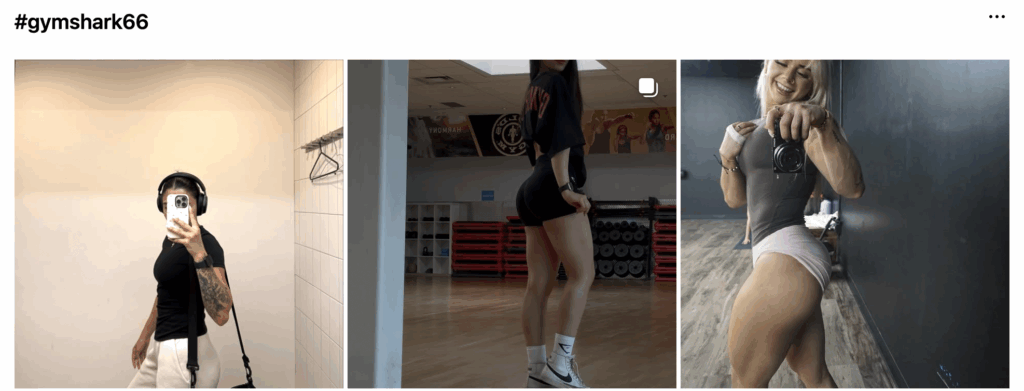
Last Crumb
An influencer product seeding strategy sent Last Crumb cookies to every TikTok food influencer. The keyword “Last crumb review” generated hundreds of videos from food influencers on TikTok, each praising the taste. TikTok soon became the primary lead generation channel for Last Crumb.
Conclusion: Investing in the Future
Evaluating influencer partnerships for long-term success requires a shift in mindset and methodology. It’s an investment in building genuine relationships grounded in strategic alignment, mutual respect, and continuous performance analysis.
By moving beyond vanity metrics to focus on audience quality, engagement depth, conversion impact, and relationship health, brands can identify and nurture partnerships that deliver compounding returns.
The process involves careful selection, establishing clear KPIs tracked consistently over time, proactively addressing challenges, and actively investing in the relationship. Navigating influencer partnerships effectively for the long term demands organization and insight – areas where dedicated influencer management platforms provide significant value.
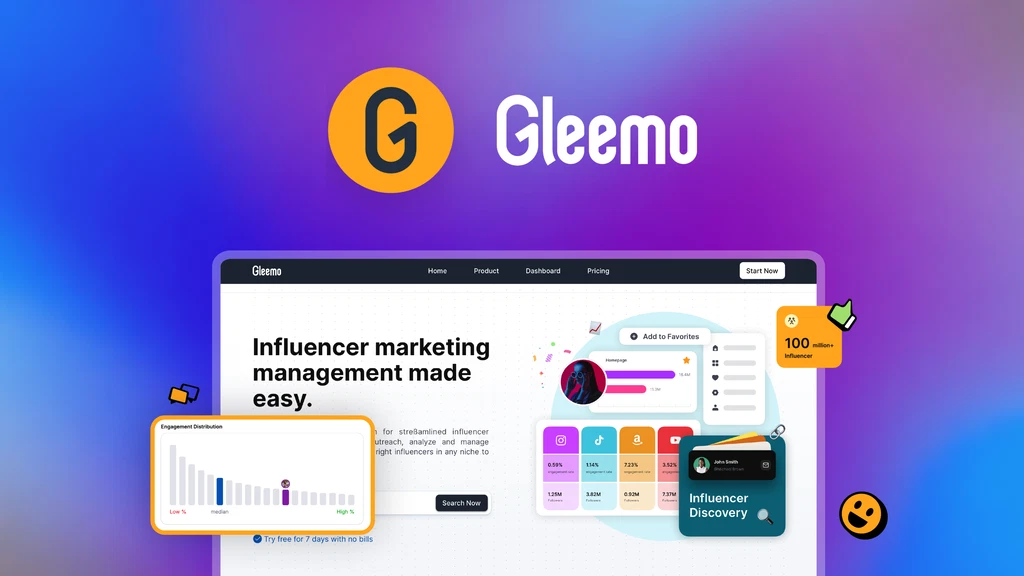
Ready to revolutionize your influencer strategy? Start your free Gleemo trial today and transform your influencer marketing strategy!
FAQs
How much should I pay an influencer?
Influencer Pricing varies massively based on follower count, engagement rate, niche, platform, content complexity, and exclusivity. Research industry benchmarks, consider the scope of work, and negotiate based on value.
How long should a long-term partnership last?
There’s no fixed rule. It could be a 3-6 month ambassador program, a year-long contract, or an ongoing relationship with multiple campaigns. Start with a defined pilot period (e.g., 3 months) to test compatibility before committing to longer-term.
What if an influencer’s engagement drops?
Discuss it openly. Understand the reason (algorithm changes, audience shift, personal factors). Collaboratively strategize on refreshing content approaches. If the drop is significant and persistent, it might be time to re-evaluate the partnership.
How can I avoid influencer scams/fake followers?
Use reputable influencer marketing platforms or verification tools to analyze audience authenticity. Scrutinize engagement patterns (comments vs. likes, comment quality). Ask for audience insights reports. Start with smaller, test campaigns.
